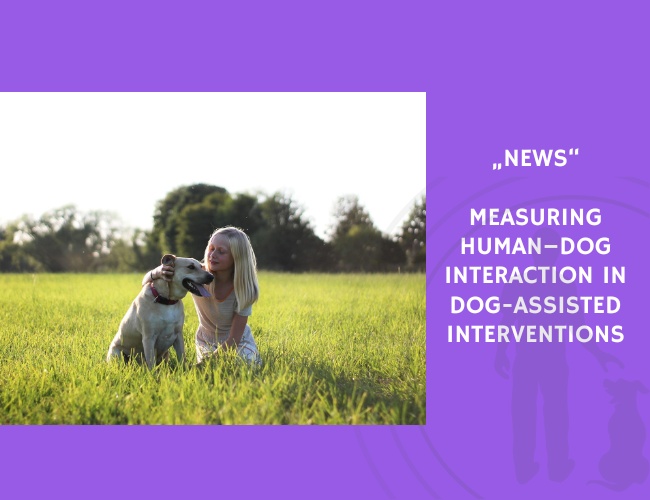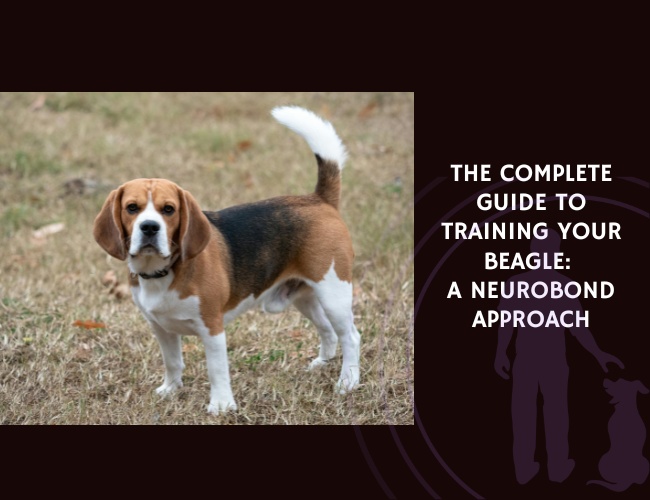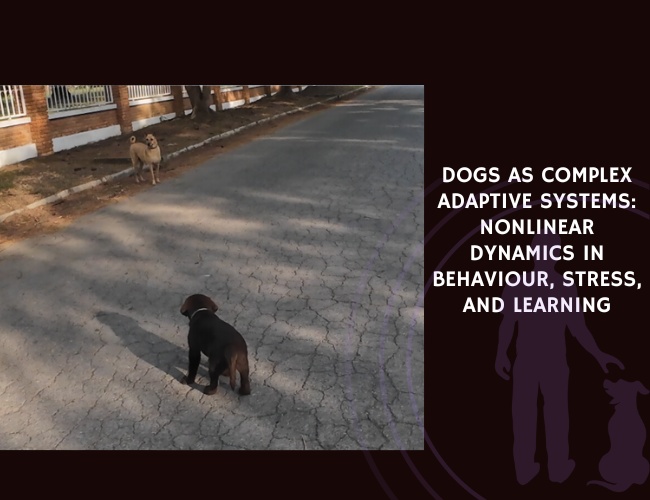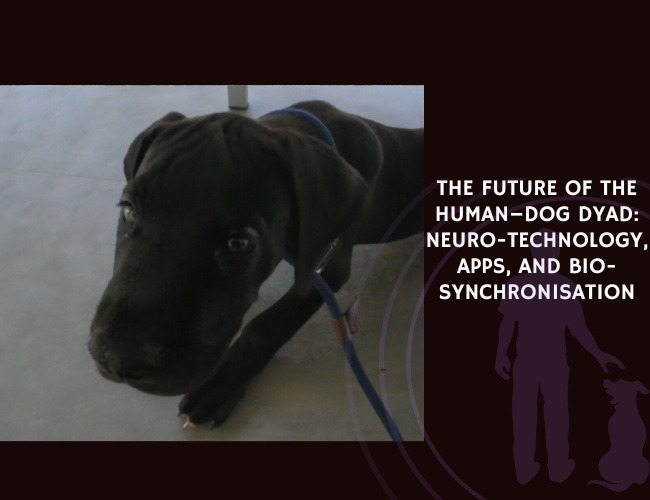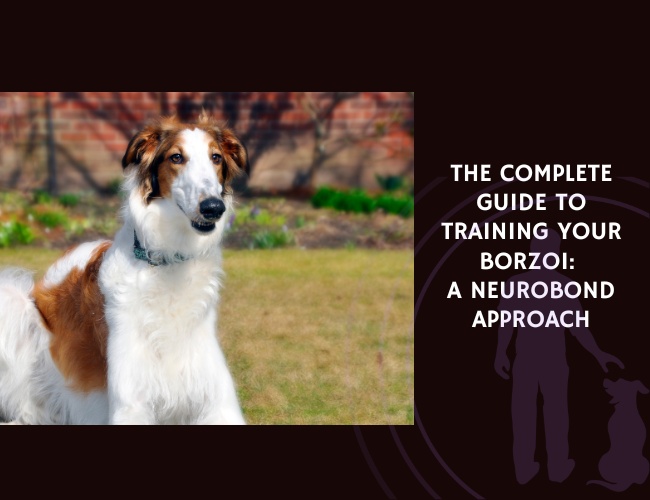Dog-assisted interventions (DAIs) rely on the unique cooperation between humans and dogs to achieve therapeutic, educational, and recreational outcomes. Understanding and accurately measuring this interaction is essential for ensuring effectiveness and safeguarding the wellbeing of both participants and therapy dogs.
In this scoping review, Marta De Santis and colleagues (2024) analyzed 70 peer-reviewed studies focusing on how researchers have measured interaction, bonding, and relationships in the context of DAIs. The majority of these studies employed behavioral analysis, such as coding sessions for specific gestures, proximity, or engagement levels. However, the review also identified more structured assessment tools that evaluate both the participant’s experience and the dog’s role in the interaction.
Emerging trends include integrating the dog’s perspective into evaluations and recognizing the influence of the dog–handler dyad on intervention outcomes. This dual perspective is critical, as the welfare and emotional state of the therapy dog directly affect the quality of the intervention. The authors highlight the need for tools with improved validity and reliability to provide consistent, evidence-based insights.
Ultimately, this review underscores that while DAIs are increasingly used in healthcare and education, standardized, multi-perspective approaches to measuring human–dog interaction are essential to advance the field and ensure benefits for both humans and animals.
Source: De Santis, M., Filugelli, L., Mair, A., Normando, S., Mutinelli, F., & Contalbrigo, L. (2024). How to Measure Human-Dog Interaction in Dog Assisted Interventions? A Scoping Review. Animals, 14. Authors: Marta De Santis, Laura Filugelli, Annelies Mair, Simona Normando, Francesco Mutinelli, Luca Contalbrigo. Journal: Animals.

